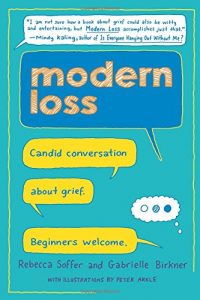In the course of experimenting with an example design for my talks at An Event Apart this year, I came up with a way to keep track of which breakpoint was in force as I tested the design’s responsiveness. I searched the web to see if anyone else had written about this and didn’t come up with any results, so I’ll document it here. And probably also in the talks.
What I found was that, since I was setting breakpoints in ems instead of pixels, the responsive testing view in browsers didn’t really help, because I can’t maintain realtime mapping in my head from the current pixel value to however many rems it equals. Since I don’t think the browser has a simple display of that information, I decided I’d do it myself.
It starts with some generated content:
body::before {content: "default";
position: fixed; top: 1px; right: 1px; z-index: 100; padding: 1ch;
background: rgba(0,0,0,0.67); color: rgba(255,255,255,0.75);
font: bold 0.85rem Lucida Grande, sans-serif;}
You can of course change these to some other placement and appearance. You can also attach these styles to the html element, or your page wrapper if you have one, or honestly even the footer of your document — since the position is fixed, it’ll be viewport-relative no matter where it originates. The real point here is that we’re generating a bit of text we can change at each breakpoint, like so:
@media (max-width: 38em) {
body::before {content: "<38em";}
/* the rest of the breakpoint styles here */
}
@media (max-width: 50em) {
body::before {content: "<50em";}
/* the rest of the breakpoint styles here */
}
@media (min-width: 80em) {
body::before {content: ">80em";}
/* the rest of the breakpoint styles here */
}
The labels can be any string you want, so you can use “Narrow”, “Wide”, and so on just as easily as showing the measure in play, as I did.
The downside for me is that we automatically can’t make the labels cumulative in native CSS. That means the order the @media blocks appear will determine which label is shown, even if multiple blocks are being applied. As an example, given the styles above, at a width of 25em, the label shown will be <50em even though both the 38em and 50em blocks apply.
There are ways around this, like switching the order of the max-width blocks so the 38em block comes after the 50em block. Or we could play specificity games:
@media (max-width: 38em) {
html body::before {content: "<38em";}
/* the rest of the breakpoint styles here */
}
@media (max-width: 50em) {
body::before {content: "<50em";}
/* the rest of the breakpoint styles here */
}
That’s not a solution that scales, sadly. Probably better to sort the max-width media blocks in descending order, if you think you might end up with several.
The upside is that it’s easy to find and remove these lines once the development phase moves to QA. Even better, before that point, you get a fully customizable in-viewport indication of where you are in the breakpoint stack as you look at the work in progress. It’s pretty trivial to take this further by also changing the background color of the little box. Maybe use a green for all the block above the “standard” set, and a red for all those below it. Or toss in little background image icons of a phone or a desktop, if you have some handy.
So that’s the quick-and-dirty little responsive development hack I came up with this morning. I hope it’s useful to some of you out there — and, if so, by all means share and enjoy!
Addendum: Emil Björklund proposes a variant approach that uses CSS Custom Properties (aka CSS variables) to implement this technique.
